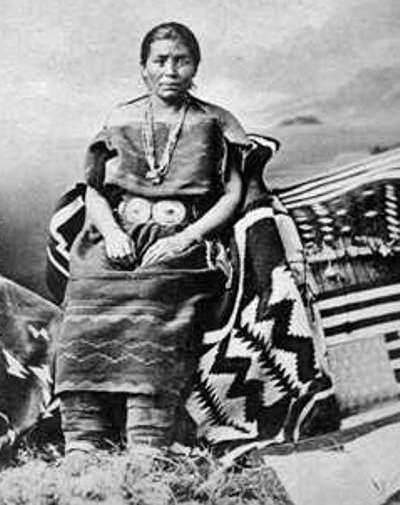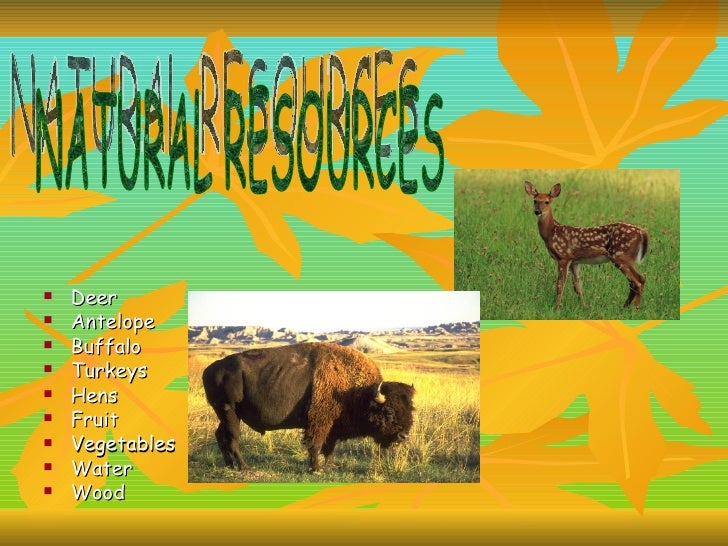Tuesday, June 25, 2019
Iroquois Tribe
Many other tribes, such as the Huron and the Cherokee, are sometimes called "Iroquoian" tribes. They are called that because they are distant relatives of the Iroquois Confederacy tribes and speak related languages. However, they were never part of the Iroquois Confederacy. In fact, they were sometimes at war with them.
The Iroquois Great Council continues to meet in the present day, although today most political matters are decided by the governments of the individual Iroquois nations.
Most Iroquois people speak English today, but some people, especially elders, still speak the native language of their own tribe. Here is a comparative chart of Iroquois words, a website where you can hear Iroquois words being spoken, and a Mohawk picture glossary.
Here is a link to the Haudenosaunee Grand Council, where you can find information about the Iroquois Confederacy past and present. Here is the website of the Iroquois Museum of New York, where you can see photographs of Iroquois art and artifacts.
Iroquois men were in charge of hunting, trading, and war. Iroquois women were in charge of farming, property, and family. These different roles were reflected in Iroquois government. Iroquois clans were ruled by women, who made all the land and resource decisions for each clan. But the chiefs, who made military decisions and trade agreements, were always men. Only men represented the Iroquois Confederacy at the Great Council, but only women voted to determine who the representatives of each tribe would be. Both genders took part in Iroquois storytelling, artwork and music, and traditional medicine.
|
Iroquois farmers | The Iroquois were farming people. Iroquois women did most of the farming, planting crops of corn, beans, and squash and harvesting wild berries and herbs. Iroquois men did most of the hunting, shooting deer and elk and fishing in the rivers. Iroquois Indian dishes included cornbread, soups, and stews cooked on stone hearths. Here is a neat slideshow of an Iroquois girl demonstrating a traditional cornbread recipe, and here is a website with more information about Native food in general. |
Iroquois war club | Iroquois hunters used bows and arrows. Iroquois fishermen generally used spears and fishing poles. In war, Iroquois men used their bows and arrows or fought with clubs, spears and shields. Here is a website with pictures and information about Iroquois Indian weapons. Other important tools used by the Iroquois Indians included stone adzes (hand axes for woodworking), flint knives for skinning animals, and wooden hoes for farming. The Iroquois were skilled woodworkers, steaming wood so they could bend it into curved tools. Some Iroquois people still make lacrosse sticks this way today. |
| Iroquois beadwork | The Iroquois tribes were known for their mask carving. Iroquois masks are considered such a sacred art form that outsiders are still not permitted to view many of them. Native beadwork and the more demanding porcupine quillwork are more common Iroquois crafts. The Iroquois Indians also crafted wampum out of white and purple shell beads. Wampum beads were traded as a kind of currency, but they were more culturally important as an art material. The designs and symbols on Iroquois wampum belts often told a story or represented a person's family. http://www.bigorrin.org/iroquois_kids.htm |
Monday, June 17, 2019
Navajo Tribe
In the past, each Navajo band was led by its own chief, who was chosen by a tribal council. Most important decisions were made by the council, and all the Navajo councilmembers had to agree before an action could be taken. A Navajo chief was more like a tribal chairman than a king. Most of his job was mediating between the other Navajos. Today, the Navajo Nation is led by a president and tribal council that are elected by all the people.
Today, many of these gender roles have changed. Navajo men are often farmers and ranchers now... and Navajo women join the Army.


The Navajos did not traditionally wear Indian headdresses. Navajo men usually wore cloth headbands tied around their foreheads instead. Both men and women wore their hair gathered into a figure-eight shaped bun called a tsiyeel, though some Navajo men did begin cutting their hair to shoulder-length in the Pueblo style during the early 1900's. Except for certain religious ceremonies, the Navajos didn't paint their faces or bodies. But they are famous for their beautiful silver and turquoise ornaments, particularly concha belts (made of interconnected silver medallions), brooches, and jewelry.
Natural Resources:
- Animals: The desert animals were reptiles and snakes. Livestock included sheep and goats and wild turkey
- Crops: The crops grown in the area were corn, beans, sunflower seeds and squash
http://www.bigorrin.org/navajo_kids.htm
https://www.warpaths2peacepipes.com/indian-tribes/navajo-tribe.htm
Monday, June 10, 2019
Sioux Tribe


Sioux warriors and chiefs were well-known for their impressive Native American Indan headdresses, but they didn't wear them in everyday life. Both Sioux men and women wore their hair long, cutting it only when they were in mourning. There were many different traditional Sioux hairstyles, but long braids were the most common. Men often wrapped their braids in fur or tied quillwork strips around them. On special occasions, Sioux people painted their faces and arms with bright colors and animal designs. They used different patterns for war paint and festive decoration.
Today, some Sioux people still wear moccasins or a beaded vest, but they wear modern clothes like jeans instead of breechcloths... and they only wear feathers in their hair on special occasions like a dance.
| Calumet |

Parfleche Natural Resources
They were nomads, who migrated according to the season and the movement of the buffalo, their main food. The Sioux originally grew crops, but once they moved onto the plains, their primary food became the buffalo. They grew very few crops, and mostly traded weapons and meat with other tribes for corn.
Buffaloes were used as food, clothing, housing, and weapons. Though they mostly ate buffalo, the Sioux also hunted elk and deer. They would tan the hides of these animals and use them as clothing.
http://www.kidport.com/RefLib/UsaHistory/NativeAmericans/Sioux.htm
http://www.bigorrin.org/sioux_kids.htm |
Subscribe to:
Comments (Atom)
-
How do you pronounce the word "Apache"? What does it mean? Apache is pronounced "uh-PAH-chee." It means "enemy...
-
Where do the Sioux people live? The original Lakota/Dakota homelands were in what is now Wisconsin , Minnesota , and North and South Da...
